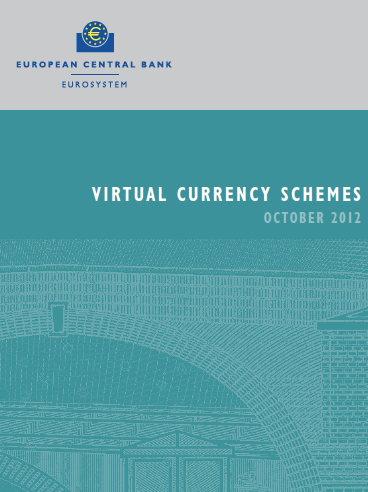 A new kind of currency is developing in these days, which have no place in the real world – yet. They are virtual, in both senses of the term: they are only used on the Internet and have no equivalent in metal. They have no real value whatsoever, but do have use value; the value that people who use them are willing to grant them.
A new kind of currency is developing in these days, which have no place in the real world – yet. They are virtual, in both senses of the term: they are only used on the Internet and have no equivalent in metal. They have no real value whatsoever, but do have use value; the value that people who use them are willing to grant them.
A Virtual currency (or in-game currency depending on environment) is used to purchase virtual goods within a variety of online communities; which include social networking websites, virtual worlds and online gaming sites. A key revenue driver within social media, virtual currencies are specific within each game and are used to purchase in-game goods. Characters or avatars in virtual worlds own things within the context of the virtual world and users will collect each games’ virtual currency to purchase land, supplies and various items used to enhance their status and add points. Some virtual currencies are time-based, relying upon measurement of in-game achievements in order to accrue exchangeable points.
On Oct 29, 2012, the European Central Bank (ECB) released an official (and very nicely prepared) report called “Virtual Currency Schemes.” The 55-page report looks at several facets of what virtual currencies are, how they’re being used, and what they can do. The most interesting feature of the ECB report is the classification of the different Virtual Currency Schemes (see below).
There are many different virtual currency schemes and it is not easy to classify them. One possibility is to focus on their interactions with real money and the real economy. This occurs through two channels: a) the monetary flow via currency exchanges; and b) the real flow in the sense of the possibility to purchase real goods and services. Taking this as a basis, three types can be distinguished:
1) Closed virtual currency schemes. These schemes have almost no link to the real economy and are sometimes called “in-game only” schemes.3 Users usually pay a subscription fee and then earn virtual money based on their online performance. The virtual currency can only be spent by purchasing virtual goods and services offered within the virtual community and, at least in theory, it cannot be traded outside the virtual community
2) Virtual currency schemes with unidirectional flow. The virtual currency can be purchased directly using real currency at a specific exchange rate, but it cannot be exchanged back to the original currency. The conversion conditions are established by the scheme owner. Type 2 schemes allow the currency to be used to purchase virtual goods and services, but some may also allow their currencies to be used to purchase real goods and services.
3) Virtual currency schemes with bidirectional flow. Users can buy and sell virtual money according to the exchange rates with their currency. The virtual currency is similar to any other convertible currency with regard to its interoperability with the real world. These schemes allow for the purchase of both virtual and real goods and services.
